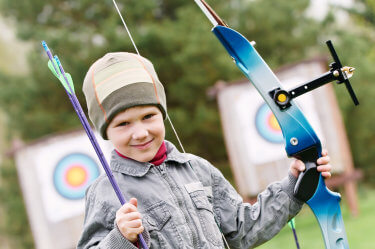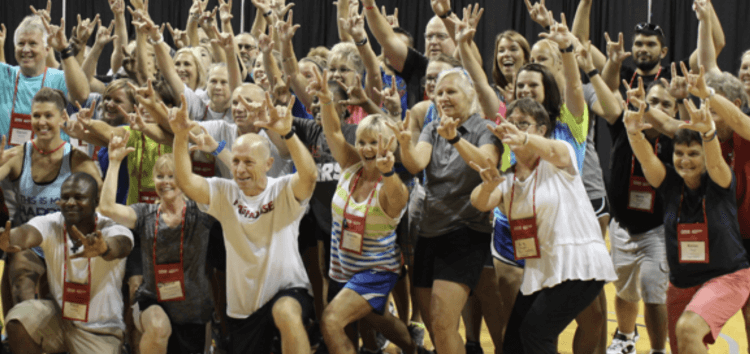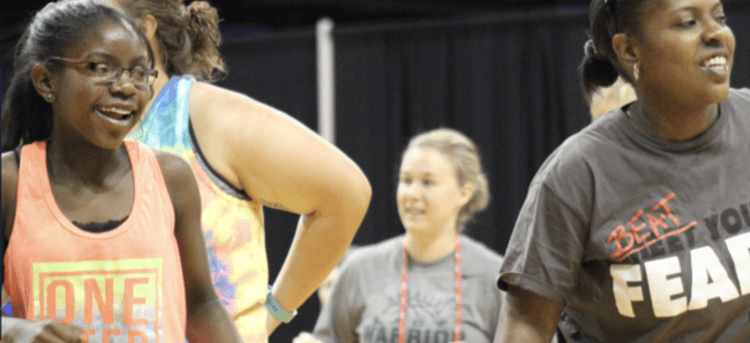Health and well-being are central to the mission of public education, and a healthy school environment is shown to improve academic performance (Birch & Videto, 2015). At Slippery Rock University, our goal is to prepare school wellness educators who are certified in K-12 health and physical education and serve as key players in creating a healthy and vibrant school. Our teacher education curriculum is based on the Whole School, Whole Community, Whole Child (WSCC) model, and candidates are prepared to view the entire school as their area of influence. In this article, we’ll explain (1) why we created a new teacher education program, (2) the School Wellness Education program’s alignment with 50 Million Strong, (3) how we encourage teacher candidates to think differently about their role in schools, and (4) how we created a culture of wellness in the Physical and Health Education Department at Slippery Rock University.

Why We Created a New Teacher Education Program
Our inspiration to design a new program started when enrollment in the teacher education program was low. Action needed to be taken to sustain the program and to increase the recruitment and retention of high-quality students into the health and physical education professions. Based on low enrollment data, faculty within the Physical and Health Education Department scheduled a series of meetings to begin the process of designing a new program. Faculty wanted to create something new and relevant that would attract more students, but most importantly, something that society needed and would value.
The importance of creating something that society needed was influenced by a series of books, including Start With Why by Simon Sinek (2009), Good to Great by Jim Collins (2001), and No Sweat: How the Simple Science of Motivation can Bring You a Lifetime of Fitness by Michelle Segar (2015). According to Sinek, what separates great leaders and great companies from the rest is that they start by asking “why?” Before designing courses for the school wellness education curriculum, we made a point to begin each discussion with “why?” Our “why” became to create a healthier and more physically active society through schools. Public health and school health data suggests that this is something our society needs (Birch & Videto, 2015).







